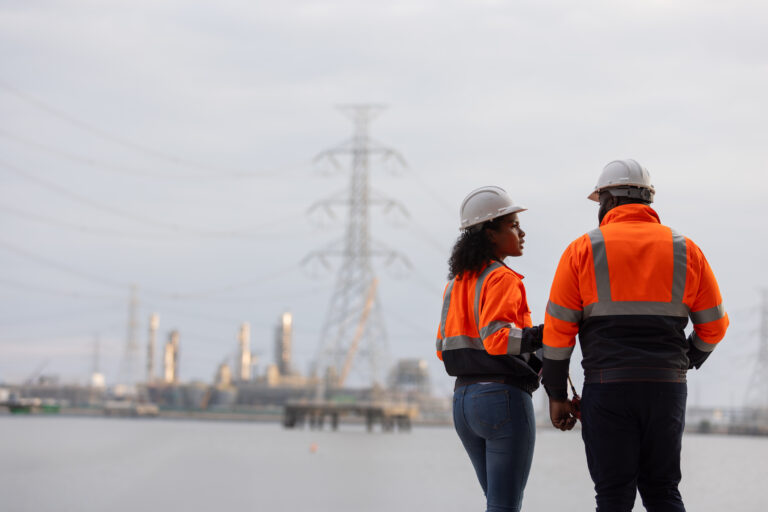What funding is available to ‘green’ your school and reduce your energy costs?
There are government incentives and funding to support investments in infrastructure and technology to support a ‘greener’ future for your school. In this mini webinar session, Ed Horgan, Managing Director of Zenergi’s technical division, Briar Associates, gave an overview of funding routes available, as well as presenting business cases for energy saving technologies that offer impressive returns on investment. Ed invited questions from the audience and we’ve collated them here.
When does Salix open?
Salix remains open for non-academy schools and Salix are keen for applications either direct from individual schools, or via Local Authorities for 2020/21. There is an annual bid round for academy schools which typically opens from around September until November, so it is worth considering what you might like to fund and preparing your business case now.
If you are a Multi Academy Trust (MAT) with an allocation of School Condition capital, will Salix applications still be considered/encouraged?
If your MAT has five or more schools and 3,000 or more pupils, you will not be eligible for Salix funding under CIF. If your MAT has fewer than that, you can apply for funding, but it is worth noting that applications for Salix are oversubscribed. We have been successful with achieving funding for bids on behalf of clients. Success is dependent on many factors, including return on investment, project lifetime carbon savings, and maximum payback period of eight years. It is therefore critical to build a business case for those technologies that will provide an attractive return, and demonstrate a project plan that has senior commitment.
What success rate do you have for Solar PV for an academy? I have been trying to get a lease or licence with a local Energy Community charity, but the ESAF won’t approve it as they don’t like the 25-year lease/licence period.
We have had success for Solar PV within academies. Funds are available from Salix and also from private finance/bank routes. Investment in Solar PV is well proven and supported by many banks. Private funding works well for Solar PPAs. In the business case I shared a £27,000 installation cost and an annual energy saving of £3,644 will give a lifetime financial saving (25 years) of £91,100. Encouraging a green future for school institutes.
When will SEEF funding applications reopen?
Funding for academies via SEEF opens around September and the decisions are announced around February for successful bidders.
Do you have any experience of adding solar panels to SCOLA buildings? Are SCOLA roofs likely to be able to manage the load?
A structural survey to establish if the roof is structurally able to support PV panels is required. A structural engineer survey will cost in the order of £500 and is likely to be required for Buildings Regulation approval for the system. Clearly it is also important that the roof is in good repair.
Do you need to have half-hourly meter data to show peak kW before and after LED is fitted?
There is no reason to, as lighting replacement savings can be calculated accurately on the reduction in lighting load kW. You can pretty much guarantee these savings based on the performance of the lamps/bulbs. It is also important to closely estimate the hours of operation of the lights. However, while there’s no need to have half-hourly data, it is really useful to demonstrate the savings to the school. It is therefore worth looking to have a half-hourly meter installed as standard – and it is often available free of charge from your supplier.
If LEDs last 50,000 hours and school lights are on for 1,800 hours per year why is the warranty not 25 years?
LED lights and the guarantees do vary depending on the quality of fitting chosen. Guarantees for lighting tend to be set by the industry at 10 years. Lighting services are typically viewed as having a 15-year life, although some can last much longer.
What happens if the roof leaks 10 years into a roof rental arrangement?
This is a real situation which we do come across. If you enter into a Solar PPA contract, it is vital to look at the contract terms really carefully. You must look at the clauses in detail to see all the possibilities and achieve the right outcome. As a standard, I would always recommend you insist that a full strip off of the Solar PV system, and reinstatement on the roof, is included during the 25-year contract on a free of charge basis to enable necessary roof works.
Does Solar PV require planning permission and building regulations approval?
Solar PV installed on a roof is a permitted planning development so you don’t need planning permission, provided you follow the guidelines. There are some sensible guidelines within the planning rules, for example, you must install them at least 300mm from the roof apex. You do need building regulations approval, as Solar PV is a significant weight on your roof. Often installations go ahead without it, but given the significant weight added to your roof and the impact of wind on the panels, approval is recommended as a formal process. Their main concern will be that you have a favourable structural engineer report.
Watch the recording here, and read the accompanying article for more information about funding.














